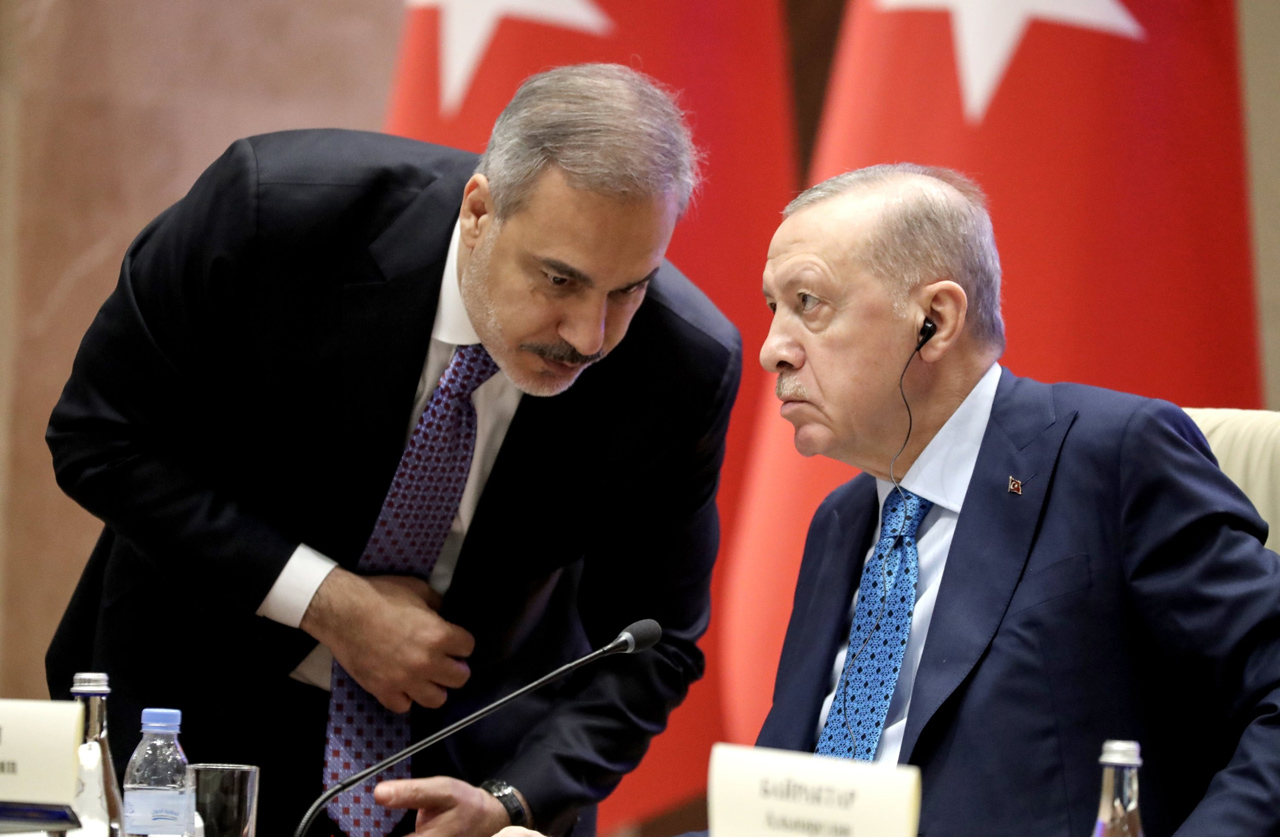للنسخة العربية اضغط هنا
Turkey left behind a critical juncture on Sunday, April 16th. The “Yes” vote has paved the way for eliminating institutional tutelage mechanisms and founding a stronger democratic system in Turkey. The new system of governance, which will be fully phased in by November 2019, promises significant improvements not only in the political arena, but also in the economic environment. If Turkey can design the next two-year transition period in a constructive and inclusive manner, the future of the Turkish economy will be brighter. The Turkish economy has been performing below its potential since 2012 mostly due to uncertainties caused by fabricated political instabilities, such as the Gezi Park protests, and the December 17-25 judicial coup, terrorist attacks, and the July 15 failed coup attempt. However, despite these events, the Turkish economy has been growing relatively well, compared to most of the G20 countries. When we take a look at the composition of this growth, it is clear that consumption and government expenditure have been the main drivers of economic growth. Although Turkey’s growth performance is valuable, especially when the global economy hits choppy water, it is not sufficient for the country to achieve its big targets such as Vision 2023. Turkey needs to grow at least 5 percent per year on average in order to achieve its medium and long-term economic targets. The presidential system, which was approved by a winning margin of about 1.3 million votes in the referendum, offers important opportunities to galvanize economic growth and development. This piece aims to analyse the importance of the new system for the future of the Turkish economy.
What Is Next for Turkish Economy after the Referendum?
What are the weaknesses of the current system of governance in terms of the economy? What will the presidential system bring to the Turkish Economy?
Tags »
Related Articles








